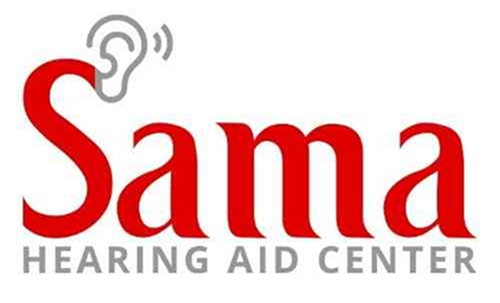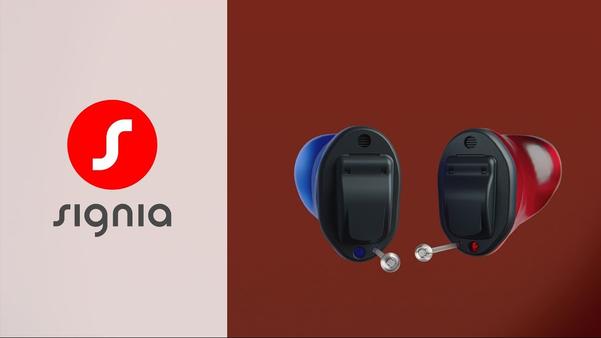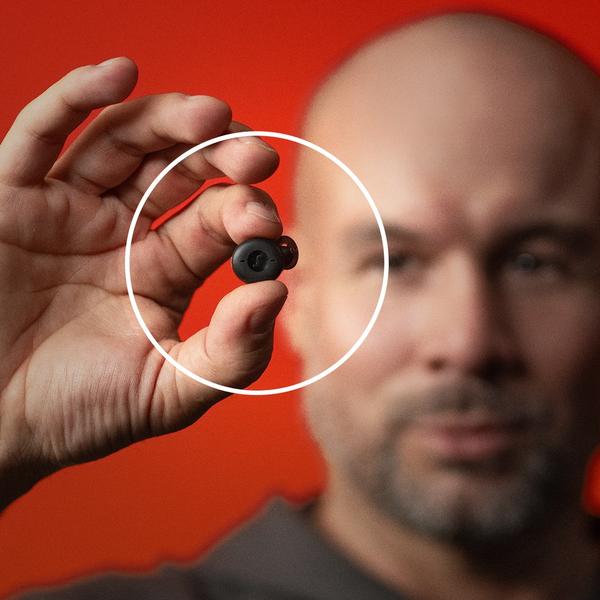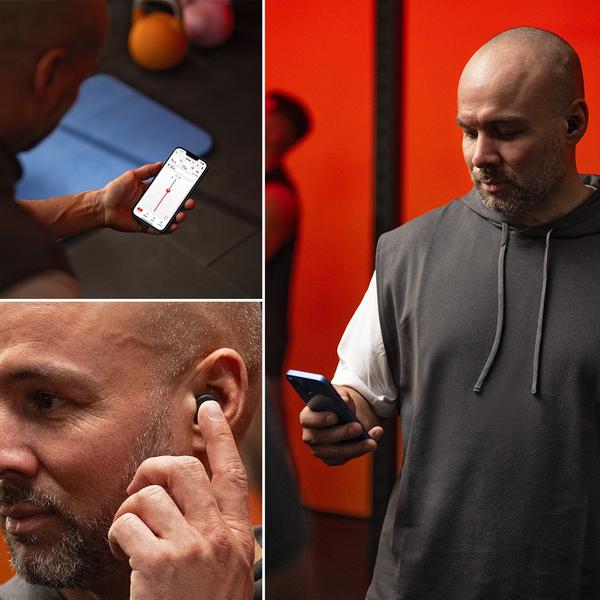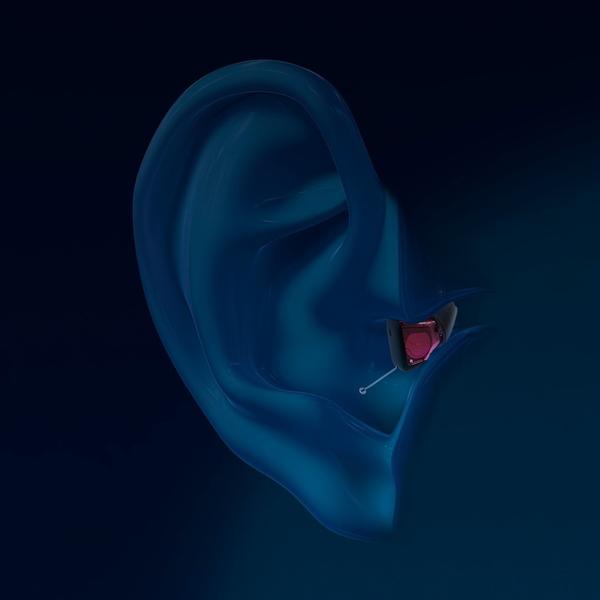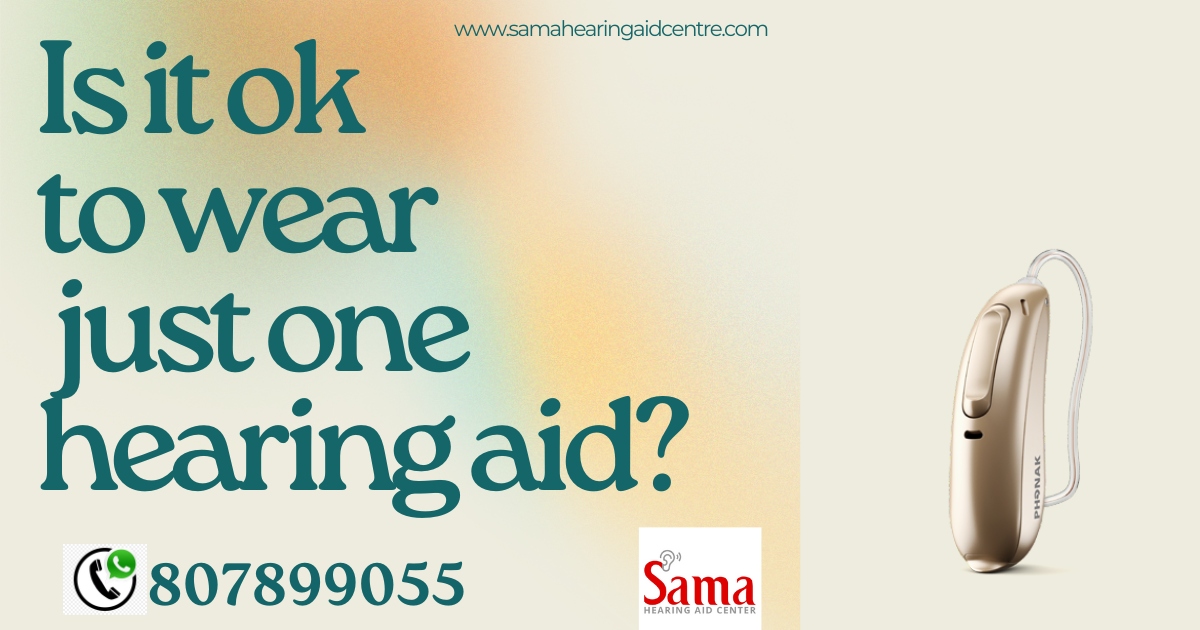
Is it ok to wear just one hearing aid?
Whether you decide to wear one hearing aid or two will depend on the extent of your hearing loss. It is okay to wear one hearing aid if you have a hearing loss in one ear. Otherwise getting two hearing aids is highly recommended. Two hearing aids provide the following benefits:
Benefits of having two hearing aids
Localization: the ability to locate where sounds are coming from. If a sound arriving at one ear is very much different in time, loudness, and pitch, the brain has difficulty processing where sound is occurring.
You hear with your brain as well as your ears:
when you supply sound to your ear via a hearing aid, it sends the information to your central nervous system and those cells become active and useful. If your brain is deprived of the sound on one side, the cells are not used and may atrophy.
Ability to hear better in noisy situations:
with the introduction of dual microphones, we can cancel out much interfering background noise. This option is especially helpful if the hearing aid user has two hearing aids. If one ear without the aid is not supplied with directional and amplified sound, the background noise level on that side of the head remains and does not aid the listener in separating speech from noise.
If someone speaks to you on the side of your unaided ear, his or her voice loses power as it travels to the ear with the hearing aid (sometimes as much as 20 decibels). You may not be able to hear speech, especially if there is background noise coming from all directions in a room.
Keywords
time
head
ears
room
pitch
cells
brain
voice
power
sounds
option
speech
extent
one ear
someone
ability
loudness
one side
listener
directions
difficulty
information
unaided ear
20 decibels
directional
introduction
hearing loss
Localization
amplified sound
one hearing aid
hearing aid user
noisy situations
two hearing aids
dual microphones
following benefits
background noise level
central nervous system
interfering background noise
